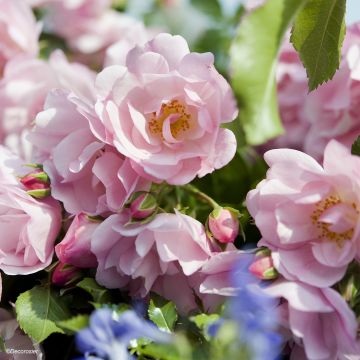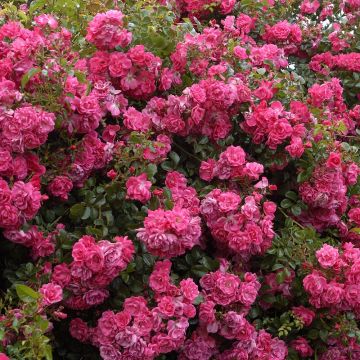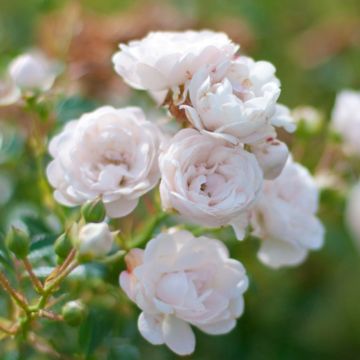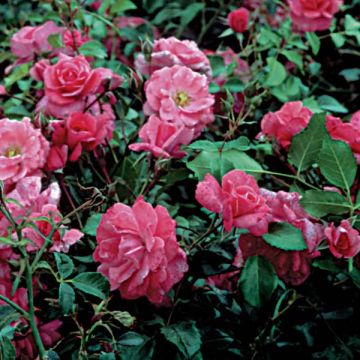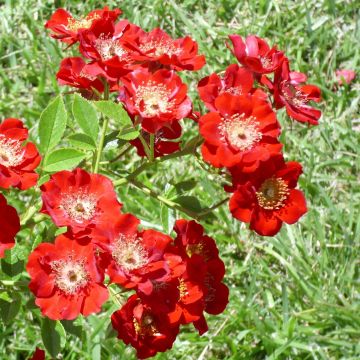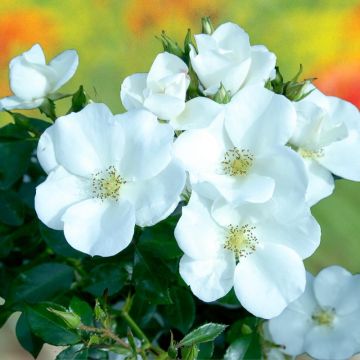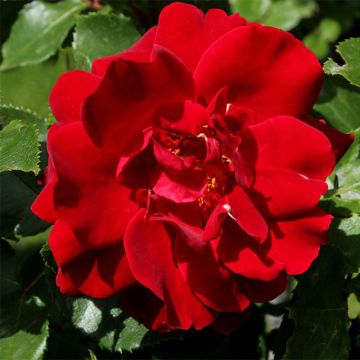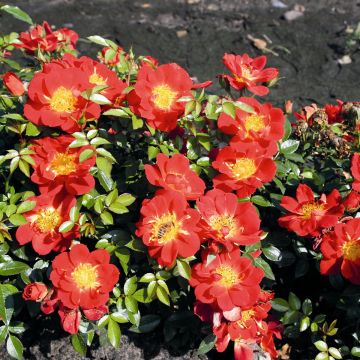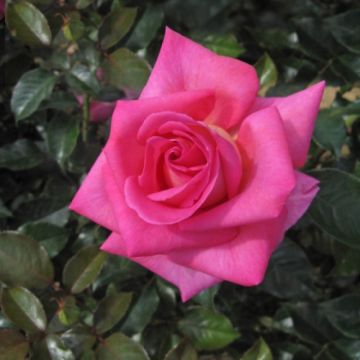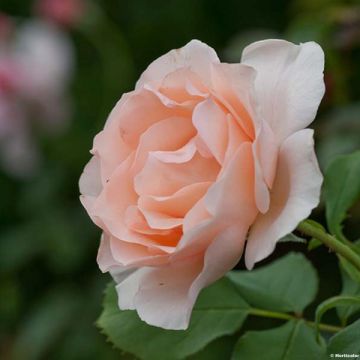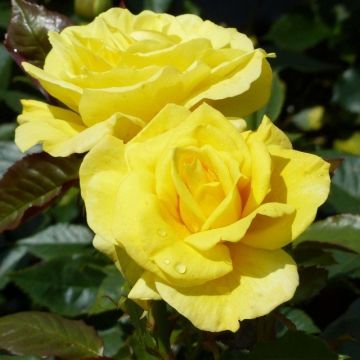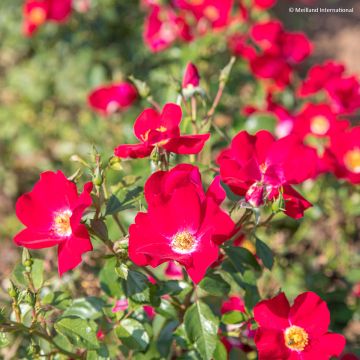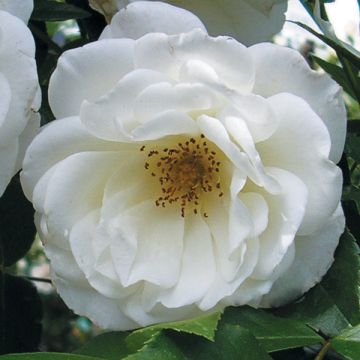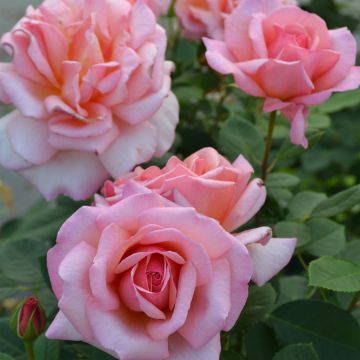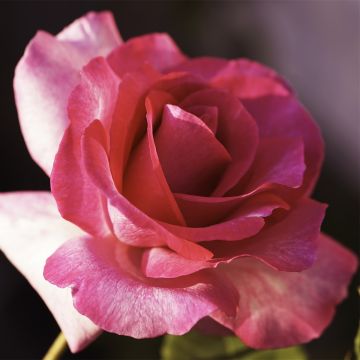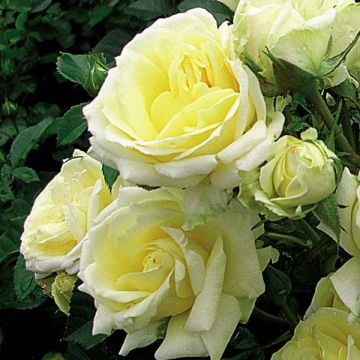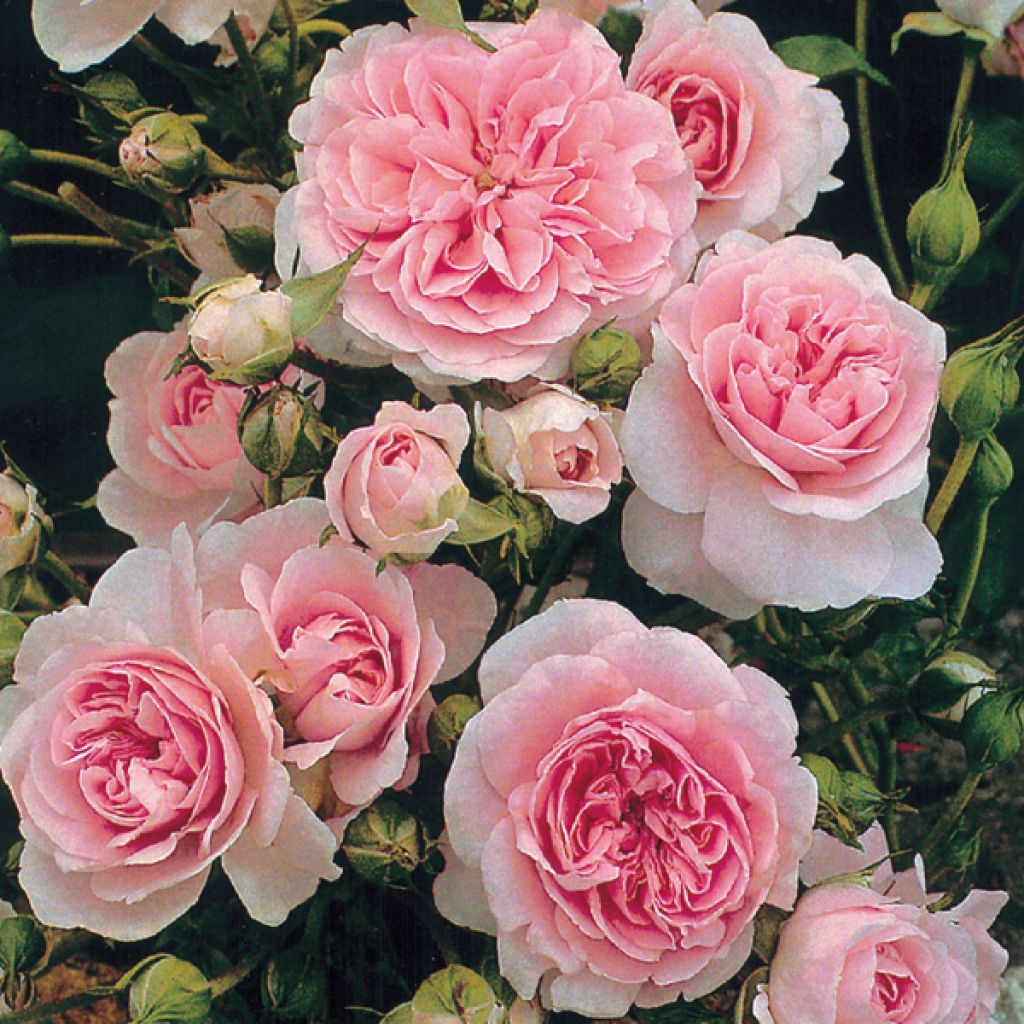

Rosa The Faun - Floribunda dwarf Rose
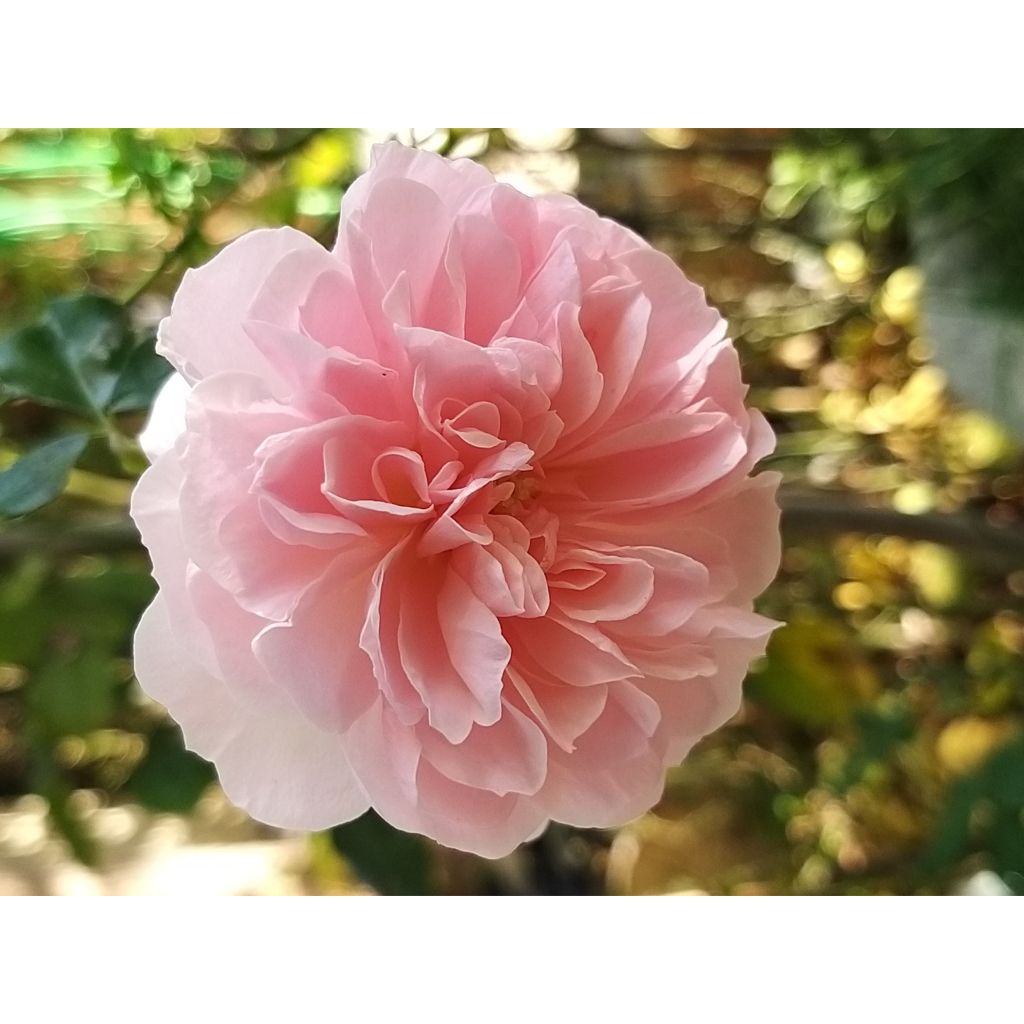

Rosa The Faun - Floribunda dwarf Rose
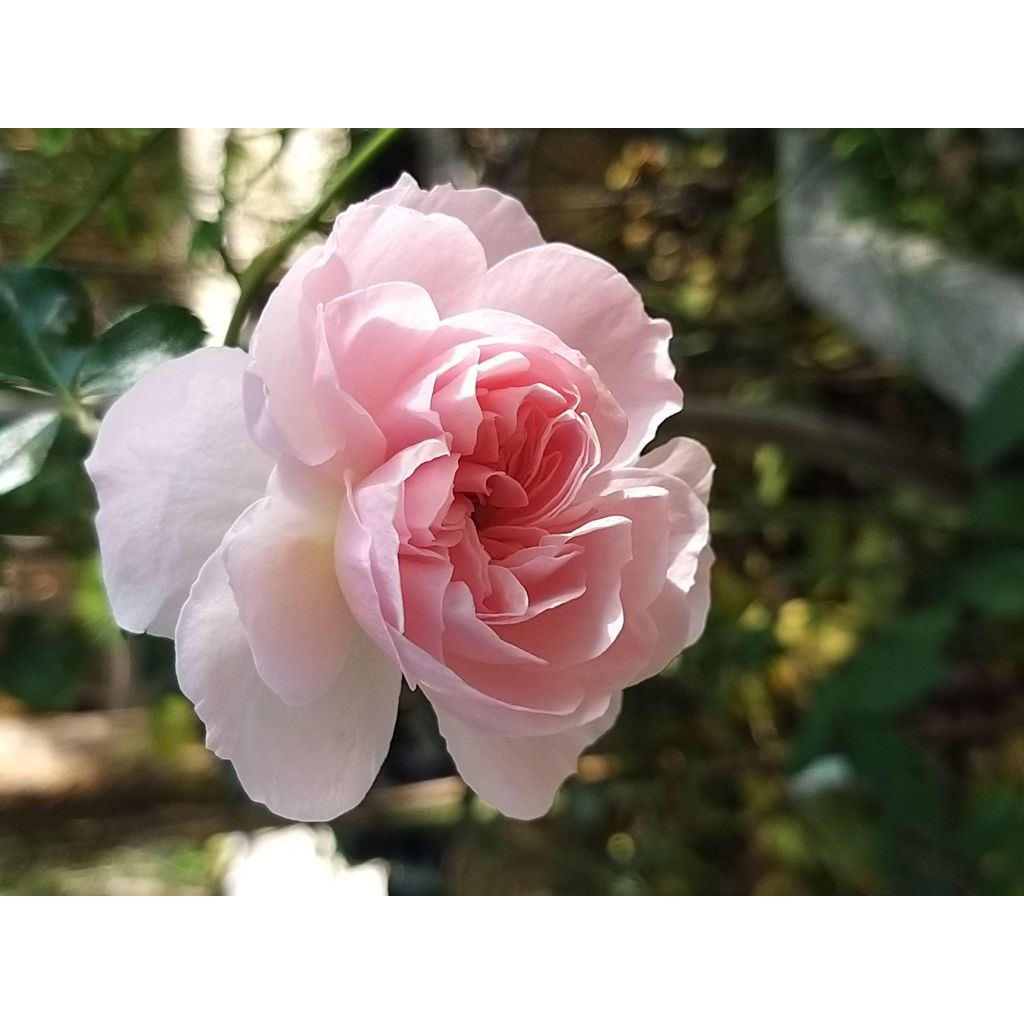

Rosa The Faun - Floribunda dwarf Rose
Rosa The Faun - Floribunda dwarf Rose
Rosa The Faun 'Pouloma'
This item cannot be shipped to the selected country
Delivery charge from €5.90
Delivery charge from €5.90
Delivery to Corse prohibited
More information
Schedule delivery date,
and select date in basket
This plant carries a 24 months recovery warranty
More information
We guarantee the quality of our plants for a full growing cycle, and will replace at our expense any plant that fails to recover under normal climatic and planting conditions.
From €5.90 for pickup delivery and €6.90 for home delivery
Express home delivery from €8.90.
From €5.90 for pickup delivery and €6.90 for home delivery
Express home delivery from €8.90.
Delivery to Corse prohibited: UE law prohibits the import of this plant from mainland France to Corse as part of the fight against Xylella fastidiosa. Please accept our sincere apologies.
More information

Does this plant fit my garden?
Set up your Plantfit profile →
Description
The Faun rose, also marketed under the name Bossa-Nova, is a delightful Danish creation that combines the charm of old roses with the qualities of modern groundcover and landscape roses. It is a bush that is wider than it is tall, well-branched, with small, flat and very double roses in shades of soft pink that bloom throughout the summer, emitting a light floral fragrance. In a large flowerbed, a small romantic border, or in a planter on the patio, it pairs perfectly with perennial geraniums or catmints.
The Faun rose ('Pouloma') is a modern bush rose classified as a 'miniature', also known as 'dwarf' or 'patio' roses, and can also be used as a groundcover. It is the result of cross-breeding between the famous landscape rose 'The Fairy' and the beautiful old climbing rose 'New Dawn'. It is of small stature, forming a bush of approximately 50 cm (20in) to 80 cm (32in) in height and 1 m (3ft) to 1.50 m (5ft) in width within a few years (if not pruned). Its thorny stems bear abundant foliage, composed of leaves divided into small leaflets of a shiny dark green. It is reputed to be very disease-resistant, although it can be susceptible to blackspot disease after its first wave of flowering if the weather is humid. This 'The Faun' rose blooms generously from June to October, provided it is not lacking in water or nutrients. It is covered in delightful 5 cm (2in) diameter flowers in shades of pink, pale on the outside and brighter in the centre, with a very slight fragrance. They are borne in clusters of 3 to 5 blooms. Remove faded flowers as they appear to encourage the development of new blooms throughout the season.
The Faun rose performs well in both open ground and deep pots and containers. It is perfect for edging a low border and for brightening up a patio. Pair your rose with other patio plants, as these rather pale roses will go well with white for a romantic atmosphere, or with bright colours for a more vibrant mix. Consider, for example, the indispensable Six Hills Giant catmints and Rozanne geraniums, or add colour with a fuchsia pink shrubby sage, Lychnis coronaria or forget-me-nots.
'The Faun' is a Danish creation from Poulsen dating back to 1991. This rose and clematis breeder is known for producing healthy, fragrant, and of very high quality creations. It is for this reason that Poulsen, founded in 1878, has become the official supplier to the Danish Royal Court.
Created by Poulsen in 1991
Report an error about the product description
Plant habit
Flowering
Foliage
Botanical data
Rosa
The Faun 'Pouloma'
Rosaceae
Cultivar or hybrid
Rosa canina Laxa (4L/5L pot, Wrapped bare root)
Other Ground Cover and Dwarf Roses
Planting and care
The Dwarf Rose The Faun prefers sunny locations. Excessive limestone can cause chlorosis. This rose is known to be disease resistant, but if you notice any spotted or affected leaves, remove them without delay. This rose is perfectly hardy when planted in the ground, but in a pot it will be more fragile, so protect it from the harshness of winter.
To plant your rose, work the soil by crumbling it and place an amendment at the bottom of the planting hole, such as bonemeal. Water generously after planting to eliminate air pockets. Water regularly for a few weeks to encourage root growth. In a pot, use a mixture of garden soil and potting soil in a ratio of a third to two thirds. Don't forget the layer of clay pellets or gravel for drainage. Under these conditions, ensure regular watering throughout the year.
Regularly remove faded flowers during the summer to stimulate the development of new flower buds.
Roses are often spotted or unsightly at the end of summer, but this is not a problem for their development. These spots are not harmful to the rose, it is a natural phenomenon.
Planting period
Intended location
Care
-
, onOrder confirmed
Reply from on Promesse de fleurs
Roses by purpose
Haven't found what you were looking for?
Hardiness is the lowest winter temperature a plant can endure without suffering serious damage or even dying. However, hardiness is affected by location (a sheltered area, such as a patio), protection (winter cover) and soil type (hardiness is improved by well-drained soil).

Photo Sharing Terms & Conditions
In order to encourage gardeners to interact and share their experiences, Promesse de fleurs offers various media enabling content to be uploaded onto its Site - in particular via the ‘Photo sharing’ module.
The User agrees to refrain from:
- Posting any content that is illegal, prejudicial, insulting, racist, inciteful to hatred, revisionist, contrary to public decency, that infringes on privacy or on the privacy rights of third parties, in particular the publicity rights of persons and goods, intellectual property rights, or the right to privacy.
- Submitting content on behalf of a third party;
- Impersonate the identity of a third party and/or publish any personal information about a third party;
In general, the User undertakes to refrain from any unethical behaviour.
All Content (in particular text, comments, files, images, photos, videos, creative works, etc.), which may be subject to property or intellectual property rights, image or other private rights, shall remain the property of the User, subject to the limited rights granted by the terms of the licence granted by Promesse de fleurs as stated below. Users are at liberty to publish or not to publish such Content on the Site, notably via the ‘Photo Sharing’ facility, and accept that this Content shall be made public and freely accessible, notably on the Internet.
Users further acknowledge, undertake to have ,and guarantee that they hold all necessary rights and permissions to publish such material on the Site, in particular with regard to the legislation in force pertaining to any privacy, property, intellectual property, image, or contractual rights, or rights of any other nature. By publishing such Content on the Site, Users acknowledge accepting full liability as publishers of the Content within the meaning of the law, and grant Promesse de fleurs, free of charge, an inclusive, worldwide licence for the said Content for the entire duration of its publication, including all reproduction, representation, up/downloading, displaying, performing, transmission, and storage rights.
Users also grant permission for their name to be linked to the Content and accept that this link may not always be made available.
By engaging in posting material, Users consent to their Content becoming automatically accessible on the Internet, in particular on other sites and/or blogs and/or web pages of the Promesse de fleurs site, including in particular social pages and the Promesse de fleurs catalogue.
Users may secure the removal of entrusted content free of charge by issuing a simple request via our contact form.
The flowering period indicated on our website applies to countries and regions located in USDA zone 8 (France, the United Kingdom, Ireland, the Netherlands, etc.)
It will vary according to where you live:
- In zones 9 to 10 (Italy, Spain, Greece, etc.), flowering will occur about 2 to 4 weeks earlier.
- In zones 6 to 7 (Germany, Poland, Slovenia, and lower mountainous regions), flowering will be delayed by 2 to 3 weeks.
- In zone 5 (Central Europe, Scandinavia), blooming will be delayed by 3 to 5 weeks.
In temperate climates, pruning of spring-flowering shrubs (forsythia, spireas, etc.) should be done just after flowering.
Pruning of summer-flowering shrubs (Indian Lilac, Perovskia, etc.) can be done in winter or spring.
In cold regions as well as with frost-sensitive plants, avoid pruning too early when severe frosts may still occur.
The planting period indicated on our website applies to countries and regions located in USDA zone 8 (France, United Kingdom, Ireland, Netherlands).
It will vary according to where you live:
- In Mediterranean zones (Marseille, Madrid, Milan, etc.), autumn and winter are the best planting periods.
- In continental zones (Strasbourg, Munich, Vienna, etc.), delay planting by 2 to 3 weeks in spring and bring it forward by 2 to 4 weeks in autumn.
- In mountainous regions (the Alps, Pyrenees, Carpathians, etc.), it is best to plant in late spring (May-June) or late summer (August-September).
The harvesting period indicated on our website applies to countries and regions in USDA zone 8 (France, England, Ireland, the Netherlands).
In colder areas (Scandinavia, Poland, Austria...) fruit and vegetable harvests are likely to be delayed by 3-4 weeks.
In warmer areas (Italy, Spain, Greece, etc.), harvesting will probably take place earlier, depending on weather conditions.
The sowing periods indicated on our website apply to countries and regions within USDA Zone 8 (France, UK, Ireland, Netherlands).
In colder areas (Scandinavia, Poland, Austria...), delay any outdoor sowing by 3-4 weeks, or sow under glass.
In warmer climes (Italy, Spain, Greece, etc.), bring outdoor sowing forward by a few weeks.



































